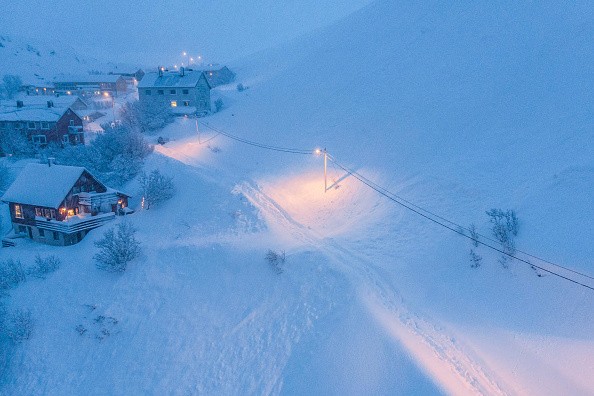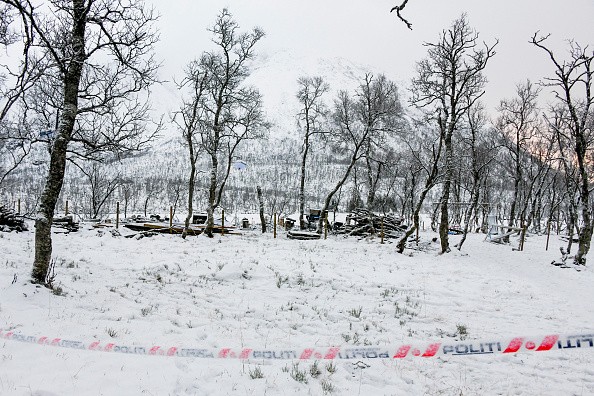Scientists are baffled by the glowing snow that has appeared in the Russian Arctic. There's nothing new about the fact that some copepod species glow, but land-based light installations are much less prevalent.

Glowing Snow in Russian Arctic
According to IFLScience, the light-emitting substrate coelenterazine is produced chemically in copepods, allowing them to glow. Its is used as a means of protecting themselves from predators. It is possible for coelenterazine to spread up the food chain, allowing larger species to glow as well.
When you survey the landscape with your two dogs and a companion, you may notice an unusual display of blue lights in the snow. Confused? A molecular biologist's illegitimate son also witnessed this while walking at a remote field station on the White Sea shore in Russia.
While anyone who's seen the thing might be tempted to flee the enigmatic Arctic lifeforms, Neretin's partner (Russian biologist Vera Emelianenko) thought further study of the phenomenon was needed.
With their newfound knowledge, they chose to record the moment a snowball was crushed and observed how its glow grew brighter as it was put under more pressure.
Reasons Why the Snow Glow
According to National Geographic, Neretin and Emeliankenko's discovery may be the first documented explanation for luminous snow, which has been observed but not tested by Arctic researchers.
It was for this reason that they enlisted photographer Alexander Semenov to capture the eerie bioluminescent snow that they and their dogs were walking through. The photographs, which were shared by Semenov on Facebook, have created an enormous amount of curiosity in the lovely but strange phenomena.
A sample of defrosted snow that Emelianenko examined under the microscope revealed the presence of aquatic animals known as copepods.
Some have dubbed these tiny crustaceans the wildebeest of the ocean because of their enormous impact on oceanic food webs. They can be found in both freshwater and saltwater habitats.

Copepods Found in Luminous Snow
A needle jabbed Emeliankenko's slide's tenants as she gazed at the melting ball of snow. Copepods began to light as a result of the intrusion, indicating that they were the source of the snow's blue glow.
The fact that they were discovered in the snow is all the more surprising given that they are usually found in the ocean's depths rather than along its shores.
It is likely that the copepods were washed ashore by a strong current in the White Sea, according to Russia's Academy of Science in Moscow's expert on Arctic marine zooplankton.
As of December 1, tides were particularly high, and again on December 16, which indicates that the tides had pushed the copepods onto land - this species is named Metridia longa.
The team behind the discovery plans to explore the mystery of how they ended up in the snow. Semenov told IFLScience that he and his team have already completed a thorough examination and plan to publish a scholarly paper on the subject.
Related Article : Heavy Snow Expected as Winter Storm Izzy Set to Ravage Midwest States
For more news, updates about snows and similar topics don't forget to follow Nature World News!
© 2025 NatureWorldNews.com All rights reserved. Do not reproduce without permission.





